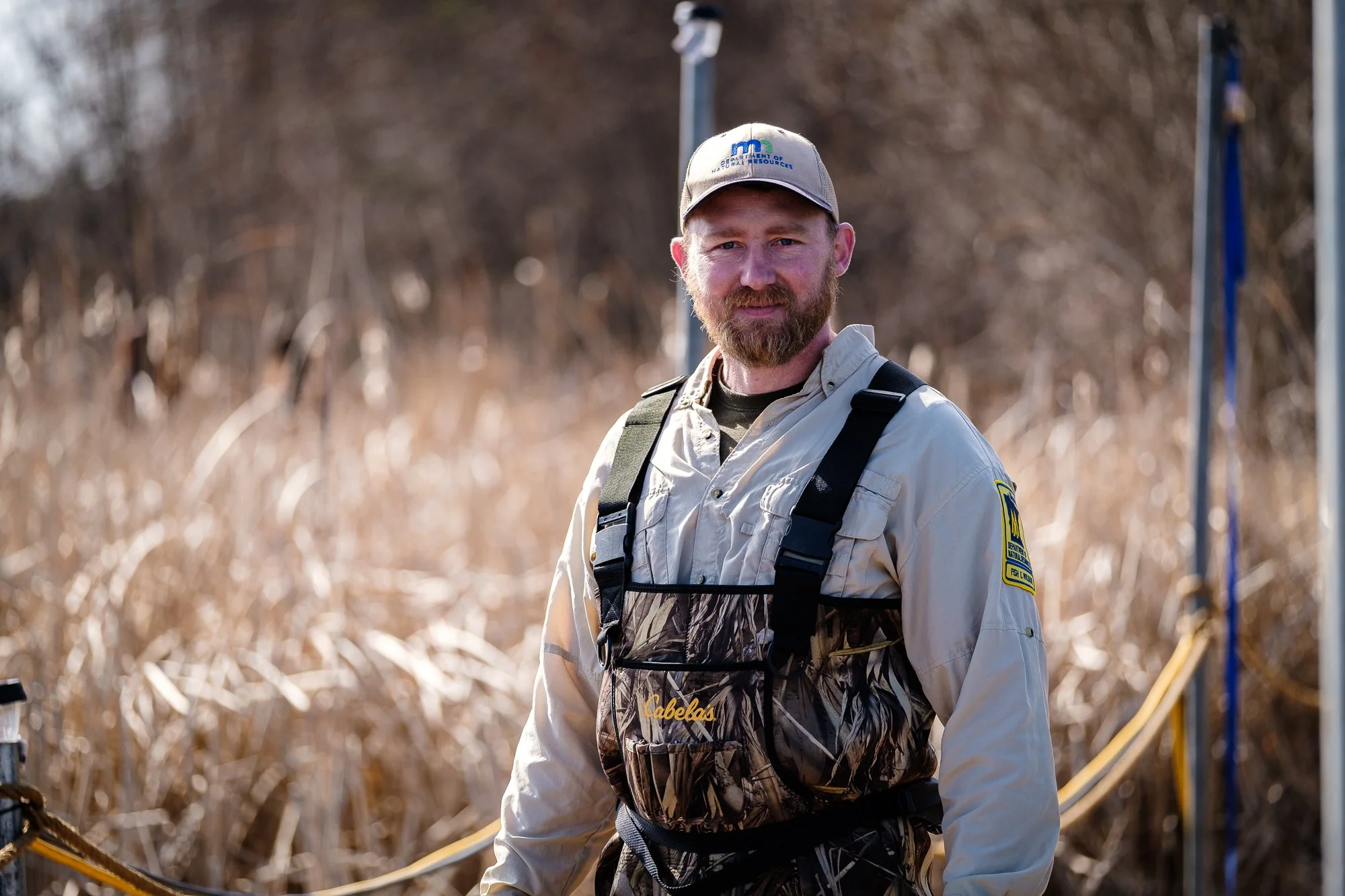Lake Winnie: Too Hot To Handle?
Hot, sunny weather and calm winds have allowed surface water temperatures to sky rocket on both Cutfoot and Winnibigoshish. It doesn’t matter where we go on either lake, 80 degrees is the current minimum temperature and we’ve see a few readings pushing the 85 degree mark.
Generally speaking, fish are active but typical of the post zebra mussel era, clear water conditions do not favor anglers who target walleye during the daytime. For die-hard walleye anglers, fishing during the early morning and late evening is the secret to consistency.
If you hang around the fish cleaning shack, you might over hear anglers talking about searching for fish on mid-lake structures like bars and humps. The consensus among many is that the fish have been slow to move away from the largest, shoreline connected bars and that many of the smaller humps have few, if any fish on them. So take a look at a few of your favorite small humps if you like, but we think the best strategy for walleye anglers is to focus on the lakes largest structures.
On Winnie, finding good stretches of healthy vegetation in open areas of the main lake has been a challenge. But in the outer-extremes of the lake, healthy stands of cabbage can be located and they are holding a mixture of assorted fish. Third River Flowage, Sugar Lake, Tamarack Bay are good areas to explore.
Finding healthy vegetation to fish will be much easier in Cutfoot, shallow flats have produced dense patches of coontail, cabbage, flat stemmed pondweed and northern milfoil. During early morning, baitfish can be seen on the surface, holding over the tops of the dense greenery. Cruise the lake and observe the surface activity, this will reveal dozens of ideas about where to target fish of all species. Make note of areas with high densities of baitfish, and mark spots where you see panfish splashing or milling on the surface.
Overall, trolling presentations are probably the best way to search for fish. Spinners tipped with fatheads, night crawlers or leeches are a mainstay. Use spinners that have #3 or #4 size Indiana or Colorado blades and single 2/0 Aberdeen hooks, the longer single hook rig allows for both better hook sets and easier hook removal. Blade colors preferred by many of our guests are hammered copper, hammered gold, pink-gold, and chartreuse-gold and perch patterns.
In the weeds, use bullet sinkers ranging between 1/16 and 1/8 ounce and outside of the weedline, use heavier weights. The bullet sinkers are good to about 15 feet, but if you locate fish deeper than that, switch to bottom bouncers for more precise control. When using bottom bouncers, 1 ounce of weight for every 10 feet of water is a good rule of thumb. For example, fishing at a depth of 15 feet would call for a 1-1/2 ounce bouncer, in 20 feet of water, 2 ounces and in 25 feet of water, a 2-1/2 ounce weight would be best.
At times, the spinners will reveal the location of fish tightly grouped in a small patch of weeds. In these instances, it may be more efficient to abandon trolling in favor of fan-casting jigs tipped with plastic tails. There are so many tails that work, but we really like “Ripple Shads”, “Twister Tails” and “Beetle Spins”. All of these action type jigging baits can be used to probe deep into the vegetation and root out fish. Tipping jigs with live bait is not necessary and in many cases, counterproductive.
The same rule could apply to walleyes found in deeper water, holding on small spots. Set the spinners to the side and fish with Lindy Rigs tipped with live leeches or healthy night crawlers. Use a worm blower to help float the crawlers and small, carrot floats to help suspend the leeches higher above bottom.
There are some folks fishing at night these days and crankbaits have been effective. Focus on shoreline breaks, rock bars and shallow humps; key depths range between 10 and 16 feet. Experiment with crankbaits that run in this depth range and chances are you’ll find a couple that will work.
We think that with continued warm weather, the early morning and late evening periods will provide the best chance for action. But when the skies turn grey and there are whitecaps on the lake, daytime anglers can get in on the fun too.









